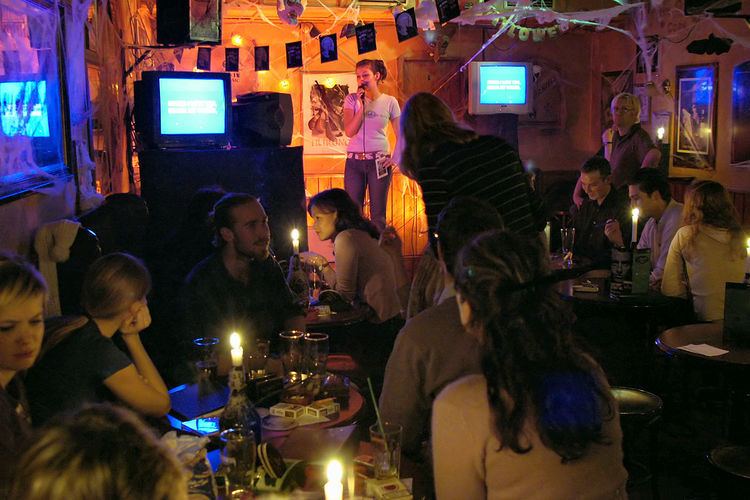 | ||
In photography and cinematography, available light or ambient light refers to any source of light that is not explicitly supplied by the photographer for the purpose of taking photos. The term usually refers to sources of light that are already available naturally (e.g. the sun, moon, lightning) or artificial light already being used (e.g. to light a room). It generally excludes flashes, although arguably flash lighting provided by other photographers shooting simultaneously in the same space could be considered available light. Light sources that affect the scene and are included in the actual frame are called practical light sources, or simply practicals.
Use of available light is an important factor in candid photography in order not to disturb the subjects.
The use of available light may pose a challenge for a photographer. The brightness and direction of the light is often not adjustable, except perhaps for indoor lighting. This will limit the selection of shutter speeds, and may require the use of shades or reflectors to manipulate the light. It can also influence the time, location, and even orientation of the photo shoot to obtain the desired lighting conditions. Available light can often also produce a color cast with color photography.
Levels of ambient light are most frequently considered relative to additional lighting used as fill light, in which case the ambient light is normally treated as the key light. In some cases, ambient light may be used as a fill, in which case additional lighting provides the stronger light source, for example in bounce flash photography. The relative intensity of ambient light and fill light is known as the lighting ratio, an important factor in calculating contrast in the finished image.
